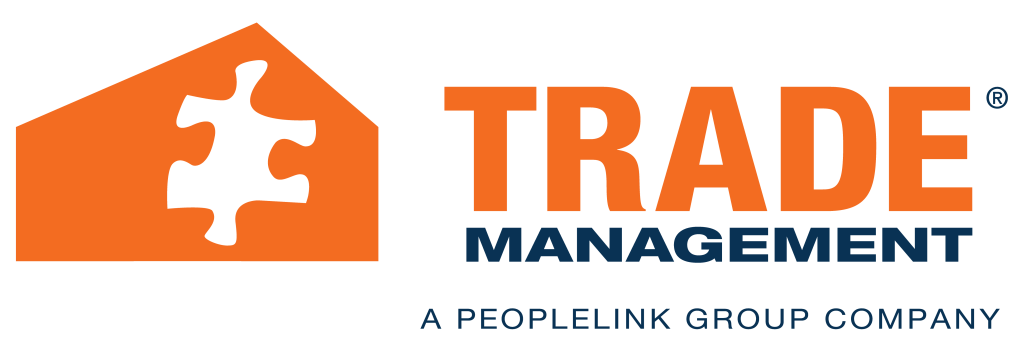Employee engagement in the United States has slipped in recent years, and many organizations face elevated turnover risk. Gallup reports U.S. employee engagement fell to near-decade lows in 2024, with just about 31% of workers fully engaged, and this figure has not rebounded much in 2025. Lower engagement increases turnover risk and erodes productivity. Turnover remains expensive with replacement costs up to one- or two-times annual pay depending on role, making retention through appreciation a high-ROI investment. When employers intentionally show appreciation to their workforce, the results are measurable: higher engagement, lower turnover, safer worksites, and improved productivity. Let’s explore five simple ways to show appreciation to your workforce and how Trade Management can help.
Five Simple Ways to Show Appreciation
First, give immediate, specific recognition on the job. Do not wait for annual reviews. A quick, specific acknowledgement, such as “Great call on securing that scaffold tie-off; you kept the crew safe today,” is more meaningful than generic praise like “Good job.” Specific, timely recognition is strongly correlated with increased motivation and decreases in turnover risk. Make relevant feedback routine in toolbox talks and morning huddles.
Beyond immediate, specific feedback, be sure and celebrate milestones and craftsmanship publicly. Highlight individual and team wins on jobsite boards, in safety meetings, and in your company newsletter. Celebrate certifications, perfect safety audits, project milestones, and years of service. Public recognition elevates pride in workmanship and reinforces standards you want repeated.
In addition to tailored feedback and celebrating milestones, employers should be mindful of providing practical rewards that respect trades schedules. Gift cards, paid time off, or paid training days work well, but consider solutions that respect field schedules. For example, consider earlier shift ends after project completion, meal vouchers during overtime, or on-site tool or PPE upgrades. Practical rewards show you understand workers’ day-to-day needs.
While specific, public recognition and rewards are valuable ways to show appreciation to your workforce, investing in training and career pathways is invaluable to your employees. In fact, 94% of employees surveyed say they would stay with a company longer if the company invested in their development. Offering funded certifications, paid time for continuing education, or cross-training is a powerful form of appreciation that also builds loyalty. When tradespeople see a path to higher pay and more skills, they are more likely to stay and contribute at higher levels.
Undoubtedly, the most practical way to show appreciation is to truly listen when your employees express workload concerns. When crews are overloaded, bring in temporary support, redistribute projects, or adjust schedules to prevent burnout. Then recognize the team publicly for persevering through a busy period. This combination of relief plus recognition deepens trust and reduces turnover.
How Your Staffing Partner Can Help You Show Appreciation
A skilled trades staffing provider does more than fill seats. Trade Management helps employers translate appreciation into practical action that protects crews and improves retention.
- Supplemental staffing during peaks. When you are busy, bringing in vetted temporary workers prevents overload and signals to your core crew that you value their health and balance.
- Certified, safety-ready hires. Trade Management pre-screens for certifications and safety training so new placements can contribute immediately and reduce onboarding friction—an appreciated outcome for crews and supervisors alike.
- Recognition program support. We advise on practical reward structures that work for field crews (meals, tools, PTO, training days) and help you measure outcomes like turnover and absenteeism.
It is the perfect time to take stock of where your ongoing workforce appreciation programs stand and consider how to expand and refine them with the support of a staffing partner. By partnering with Trade Management , you’ll experience the benefits of our training-focused staffing service including 30-hour construction safety and health trained management with membership in NCCER, ISNetworld, Avetta, and Veriforce. Contact us today! You’ll be thankful you did!



